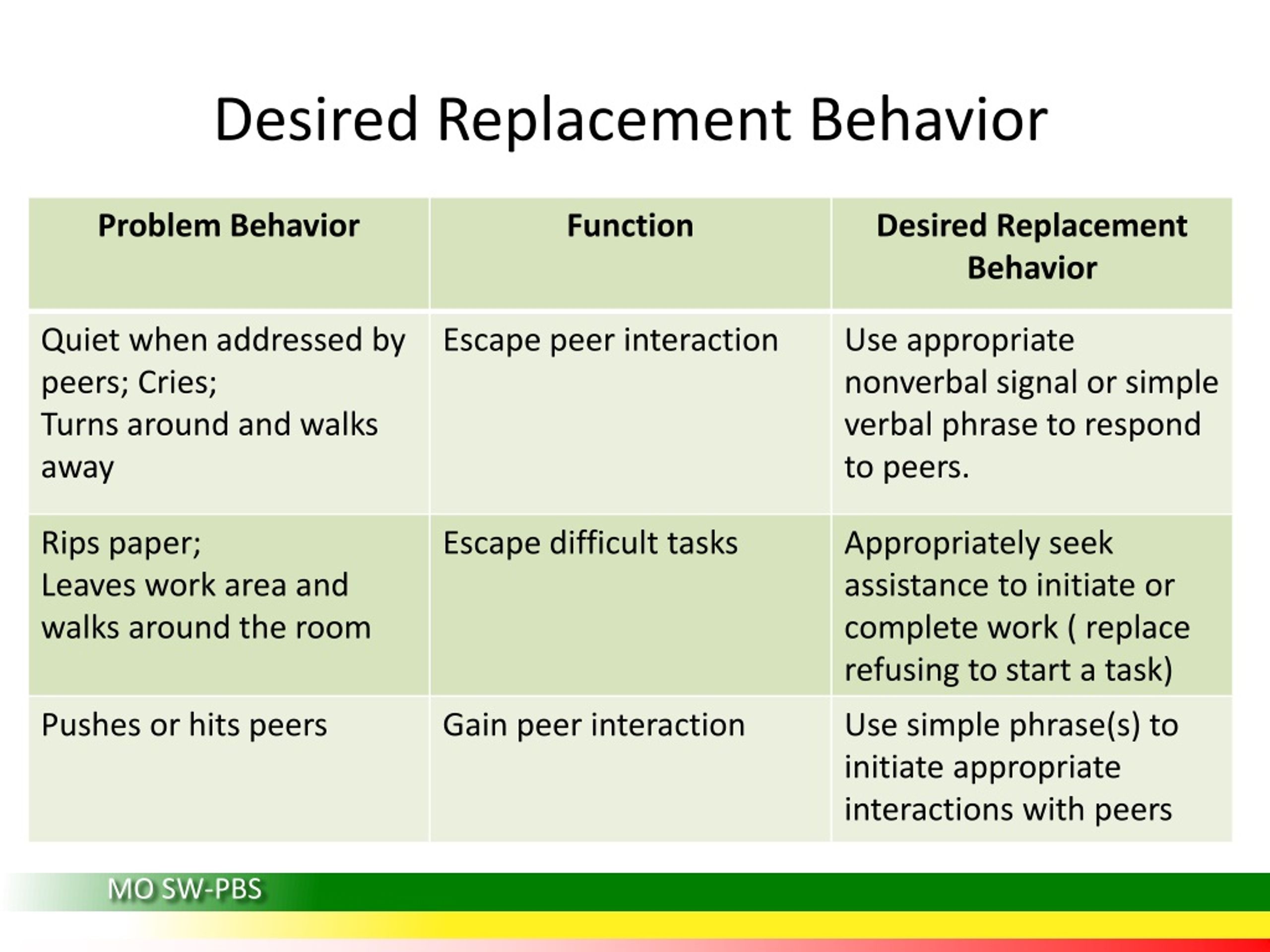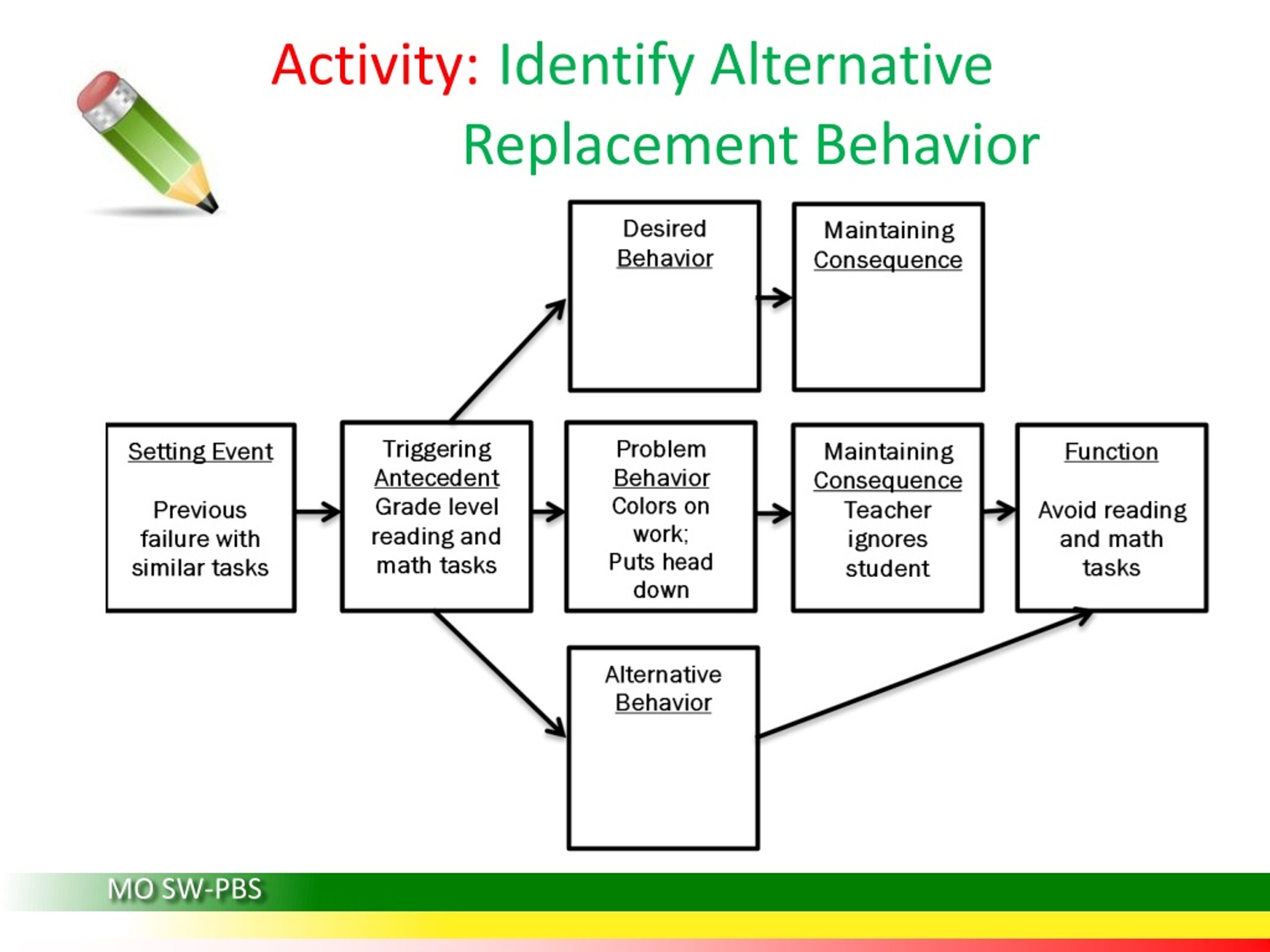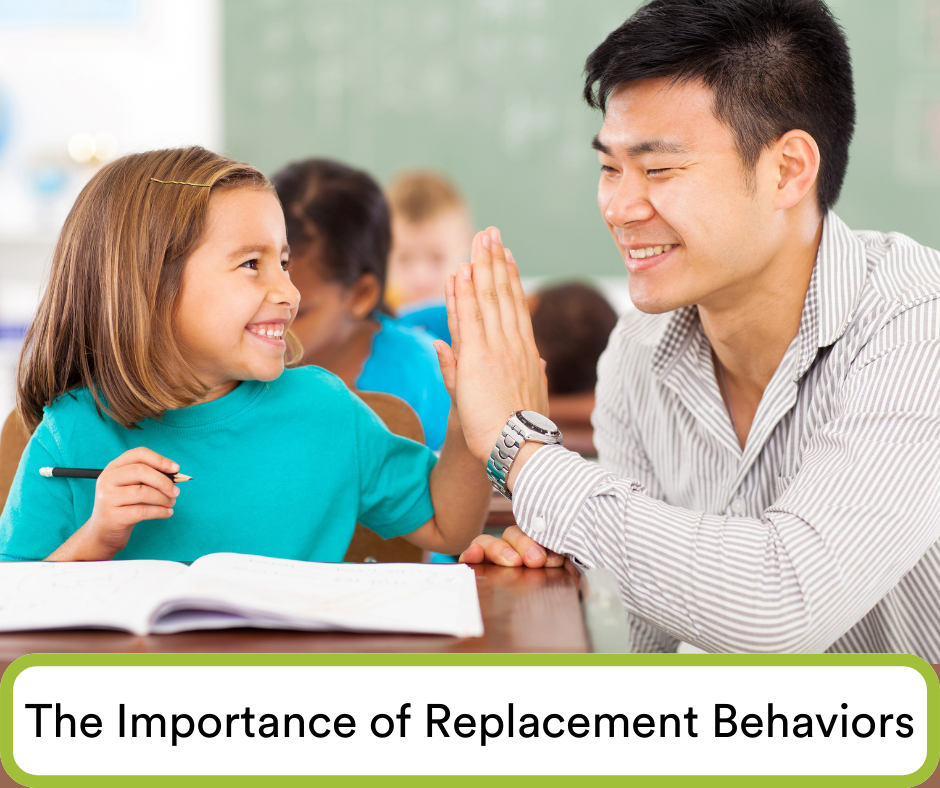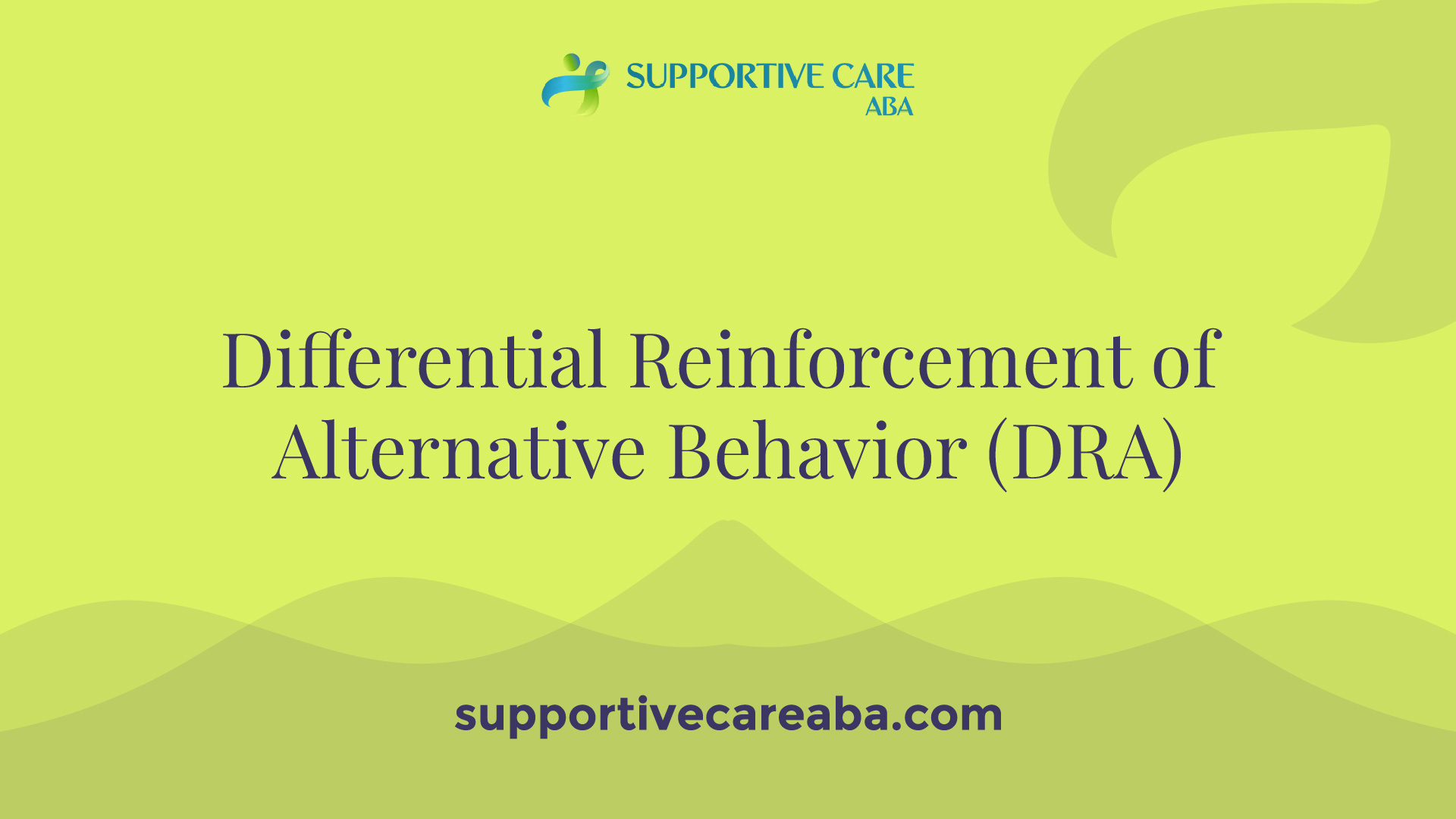Replacement Behavior Strategies Must Include Reinforcement Procedures

The classroom erupts in chaos. A student, overwhelmed, throws a chair. Traditional disciplinary responses, like detention, often fail to address the underlying reasons for such behavior, leaving educators and students alike frustrated and the cycle of disruptive incidents unbroken.
A growing chorus of experts is now emphasizing that effective replacement behavior strategies must incorporate robust reinforcement procedures, not just punishment, to truly foster positive change. Without focusing on rewarding desired behaviors, they argue, interventions are incomplete and unlikely to yield lasting results.
This article explores the critical role of reinforcement in shaping replacement behaviors, drawing on research and expert opinions to illuminate the path toward more effective and humane educational practices.
The Limitations of Punishment-Based Approaches
For decades, schools have relied heavily on punitive measures to address challenging behaviors. Suspension, expulsion, and detentions were thought to be the best solutions. These methods, while sometimes necessary for immediate safety, often prove ineffective in the long run because they fail to teach students alternative, adaptive responses.
“Punishment alone doesn’t teach a child what *to* do,” explains Dr. Anya Sharma, a board-certified behavior analyst and professor of special education at the University of California, Berkeley. “It only tells them what *not* to do, leaving them without the skills to navigate challenging situations more effectively.”
Data from the U.S. Department of Education's Office for Civil Rights consistently shows that punitive disciplinary actions disproportionately affect students from marginalized communities, perpetuating cycles of inequity and potentially pushing students further away from academic success.
Replacement Behaviors: A Proactive Strategy
The concept of replacement behavior is rooted in Applied Behavior Analysis (ABA), a scientific discipline focused on understanding and changing behavior. Replacement behaviors are specific, desirable actions that serve the same function as the problematic behavior, providing the student with a more acceptable way to meet their needs.
For instance, if a student disrupts the class to gain attention, a replacement behavior could be raising their hand and asking a relevant question. Or, if a student becomes physically aggressive when frustrated, a replacement behavior might be teaching them to ask for a break and remove themselves from the situation.
The goal is to equip students with the skills to manage their emotions and interact appropriately within the school environment.
The Power of Reinforcement
Reinforcement is the cornerstone of successful replacement behavior strategies. It involves providing a consequence that increases the likelihood of a behavior occurring again in the future. This can take many forms, from verbal praise and positive attention to tangible rewards and preferred activities.
Positive reinforcement, in particular, is crucial. It involves adding something desirable after the replacement behavior occurs, thereby increasing the likelihood that the student will engage in that behavior again.
“When a student successfully uses a replacement behavior, it’s essential to acknowledge and reward that effort immediately,” says Dr. Ben Carter, a clinical psychologist specializing in child and adolescent behavior. “This reinforces the connection between the desired behavior and the positive outcome, making it more likely to be repeated.”
Types of Reinforcement
Reinforcement strategies should be tailored to the individual student's needs and preferences. What one student finds rewarding, another may not.
Common examples include: * Social Reinforcement: Verbal praise, high-fives, positive notes home. * Tangible Reinforcement: Small toys, stickers, snacks. * Activity Reinforcement: Extra playtime, computer time, helping with a special task. * Token Economy: Earning tokens for good behavior, which can be exchanged for rewards.
It's imperative to gradually fade out tangible rewards as the student internalizes the replacement behavior, transitioning to more natural reinforcers like social praise and increased independence.
Creating a Reinforcement-Rich Environment
The most effective replacement behavior strategies are implemented within a supportive and reinforcing environment. This means creating a classroom culture where positive behaviors are actively noticed and rewarded, and where students feel safe to make mistakes and learn from them.
Teachers can use strategies such as: * Establishing clear expectations and rules. * Providing frequent opportunities for students to practice replacement behaviors. * Offering positive feedback and encouragement. * Collaborating with parents and other professionals to create a consistent approach across settings.
According to a 2020 meta-analysis published in the Journal of Positive Behavior Interventions, schools that implemented school-wide positive behavior support (SWPBIS) programs, which emphasize reinforcement and proactive strategies, saw significant reductions in disciplinary referrals and improvements in academic outcomes.
Addressing Resistance and Challenges
Implementing replacement behavior strategies with reinforcement is not without its challenges. Some teachers may feel overwhelmed by the prospect of individualizing interventions for each student. Others may struggle to identify effective reinforcers or to consistently provide positive feedback.
It is also crucial to acknowledge that some problematic behaviors may stem from underlying mental health conditions or trauma. In these cases, a comprehensive approach involving mental health professionals is essential.
Ongoing professional development and support for educators are crucial to ensuring the successful implementation of these strategies. Training should focus on understanding the principles of ABA, identifying replacement behaviors, and developing effective reinforcement plans.
Looking Ahead: A Shift in Paradigm
The growing emphasis on replacement behavior strategies with reinforcement represents a significant shift in the way we approach student discipline. Instead of simply reacting to misbehavior, educators are increasingly focused on proactively teaching students the skills they need to succeed.
By prioritizing reinforcement and creating supportive learning environments, schools can foster a culture of positive behavior and promote the academic and social-emotional well-being of all students. This proactive, skill-based approach is a path towards a more equitable and effective educational system.
The future of education hinges on our collective commitment to understanding the science of behavior and embracing strategies that empower students to thrive.
This commitment is not just an educational imperative, but a moral one.
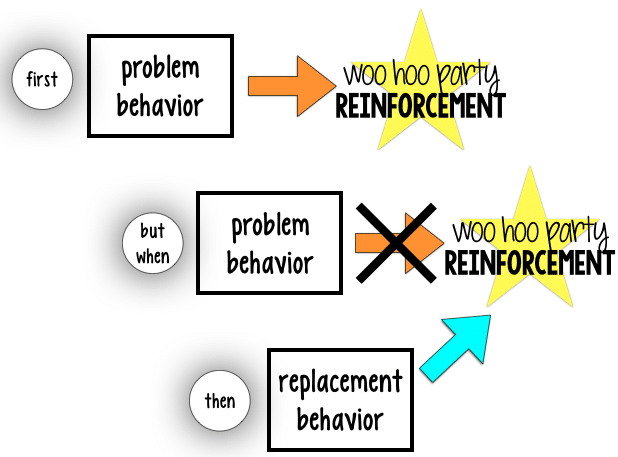



.jpg)

